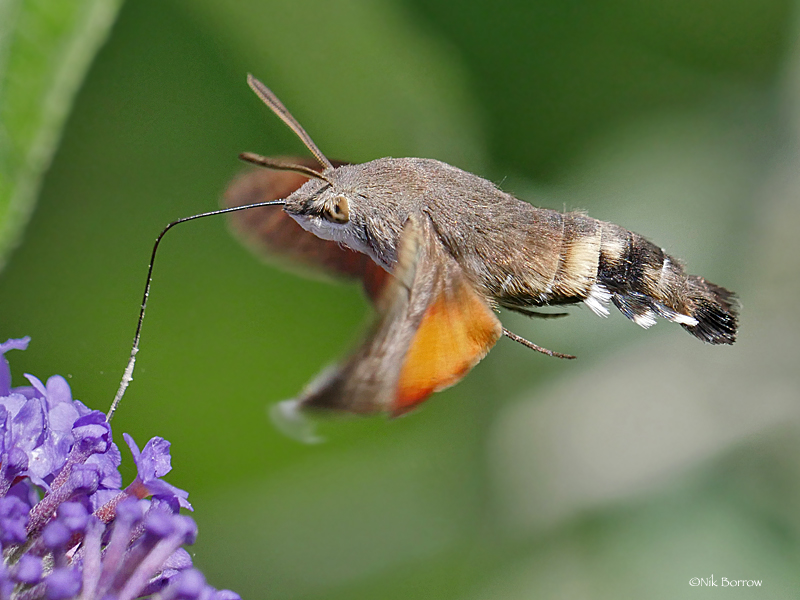Many moth species have increased in distribution by shifting their ranges polewards in response to climate change. However, some species are failing to track climate change, predominately due to habitat availability which is limiting their ability for range expansion.
There has been extensive empirical research demonstrating that the amount of habitat is important in enabling range shifts; when there is low coverage of breeding habitat, there are fewer potential dispersers available, and therefore the potential to colonise new regions is strongly reduced. Theoretical research has also made it clear that the spatial pattern of habitat across the landscape should also affect the rate of range shifts, however there is very little empirical evidence to support this which makes targeted restoration efforts more difficult.
Modelling has suggested a new metric ‘landscape conductance’ could be used to target habitat restoration and so help species respond to climate change, thus increasing resilience. Landscape conductance quantifies the amount and configuration of breeding habitat that contribute to the speed of range shifts.
Recent research by the University of Liverpool, Butterfly Conservation, Rothamsted Research, and the University of Reading, uses data from the National Moth Recording Scheme (NMRS) and Rothamsted Insect Survey (RIS) to test whether the landscape conductance metric is more informative than simple metrics such as habitat coverage in explaining species’ range expansion.

Hummingbird Hawk Moth, copyright Nik Borrow, from the surfbirds galleries
Range expansion for 54 southerly distributed moths was quantified as the time taken for a species to move from its baseline distribution (1965-1985) to RIS traps which were continuously monitored from 1985 to 2011. The impact of the landscape surrounding each trap, the intervening landscape between the trap and the baseline, and the landscape conductance on species’ range expansion was assessed.
The most important factor in explaining time until colonisation for all 54 species was the distance between the baseline distribution and focal traps. Traps with higher proportions of woodland cover were faster to be colonised, whereas traps with more suburban land cover were slower to be colonised.
However, when looking at the impact of landscape conductance on a subset of species associated with woodland, woodland landscapes with higher conductance values had significantly faster colonisation rates. The spatial configuration of woodland habitat was more important than the simple metric of the quantity of woodland surrounding traps, demonstrating the ability for the landscape conductance metric to capture both habitat availability and spatial arrangement.
The results show that modern range shifts are influenced by both habitat configuration and extent of that habitat. Thus, the conductance metric provides a way to plan how to make landscapes more permeable and pinpoint the most crucial stepping-stones to help range expanding species. This metric can also help identify where habitat creation can be targeted to reduce fragmentation, therefore improving connectivity across the landscape, and increasing species’ resilience to climate change.